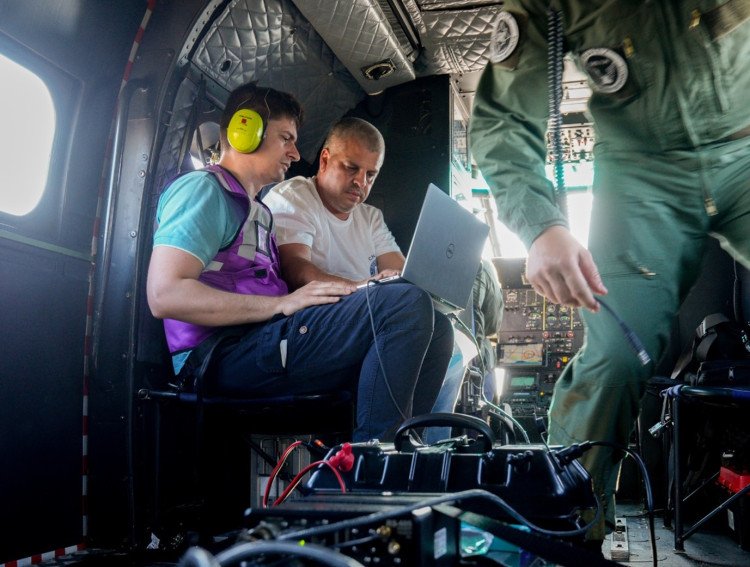News
IAEA Concludes Nuclear Emergency Preparedness Exercise

The International Atomic Energy Agency (IAEA), has concluded a nuclear emergency preparedness exercise, with over 75 countries and 10 international organisations.
The 36-hour simulation which tested global readiness and response mechanisms to a severe nuclear emergency scenario was conducted at Romania’s Cernavodă Nuclear Power Plant.
The ConvEx-3 (2025) exercise between 24 June and 25 June, at about 17:45 CEST, the IAEA said, adding that exercises as such are held every three to five years, based on simulated events hosted by member States.
The exercise simulated a significant release of radioactive material, prompting participating nations and organizations to engage in real-time decision-making, information exchange, public communication and coordination of protective actions, including medical response and cross-border logistics.
“The ConvEx-3 (2025) demonstrated the strength of international cooperation in nuclear emergency preparedness,” said Carlos Torres Vidal, Director of the IAEA’s Incident and Emergency Centre.
“By working together in realistic scenarios, we enhance our collective ability to protect people and the environment”,
According to it, key innovations in this year’s Nuclear Emergency Preparedness Exercise
- Enhanced regional collaboration: Recognizing the transboundary impact of severe nuclear accidents, neighbouring countries Bulgaria and the Republic of Moldova coordinated protective measures to ensure harmonized responses across borders.
- Integration of nuclear security scenarios: The simulation incorporated physical protection challenges and cyber security threats, reflecting evolving risks.
- Advanced crisis communication testing: An expanded social media simulator was utilized to assess and improve public information strategies.
- Deployment of international assistance missions: Expert teams from Bulgaria, Canada, France, Lithuania, Moldova, Sweden and the United States of America conducted joint operations, including aerial and land-based radiation monitoring, under the IAEA’s Response and Assistance Network (RANET).
According to the IAEA, the Nuclear Emergency Preparedness Exercise, emphasised the importance of timely information sharing, accurate assessment and prognosis, and effective public communication during nuclear emergencies.
READ ALSO: Nuclear Power Plants: Atomic Energy Commission, Power Ministry Begin Collab
READ ALSO: Science Wonder: How 2 People Can Exchange Messages In Their Sleep
The releases said ConvEx-3 exercises are conducted every three to five years to evaluate and strengthen the emergency response frameworks established under the Convention on Early Notification of a Nuclear
According to it, the IAEA would, in the coming weeks, following the event, compile feedback from all participants to identify best practices and areas for improvement, contributing to the continuous enhancement of global nuclear emergency preparedness.
The final report from the Nuclear Emergency Preparedness Exercise would guide preparations for the upcoming International Conference on Nuclear and Radiological Emergencies (EPR 2025) to be held this December in Riyadh, Saudi Arabia.















